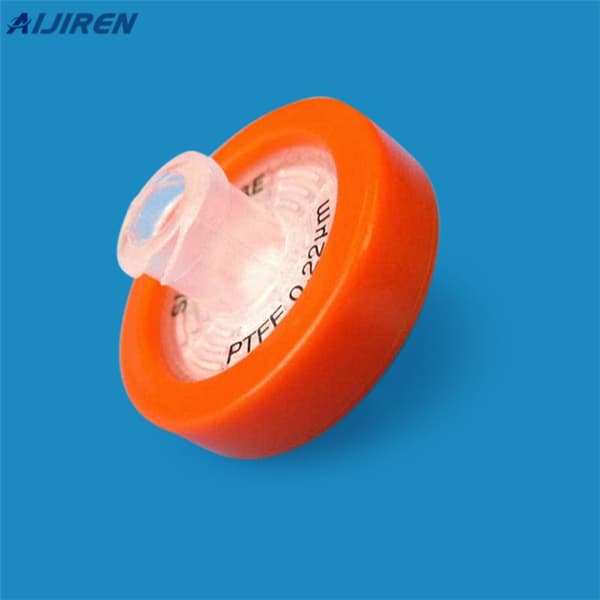
There are so many solvents and syringe filter/membrane materials that it can be tough to remember which combinations are safe and which are corrosive. These tables show the compatibilities between 5 materials (CA, nylon, PES, PTFE, and PVDF) and 75 common solvents (including acids, alcohols, and nitrogen solvents).
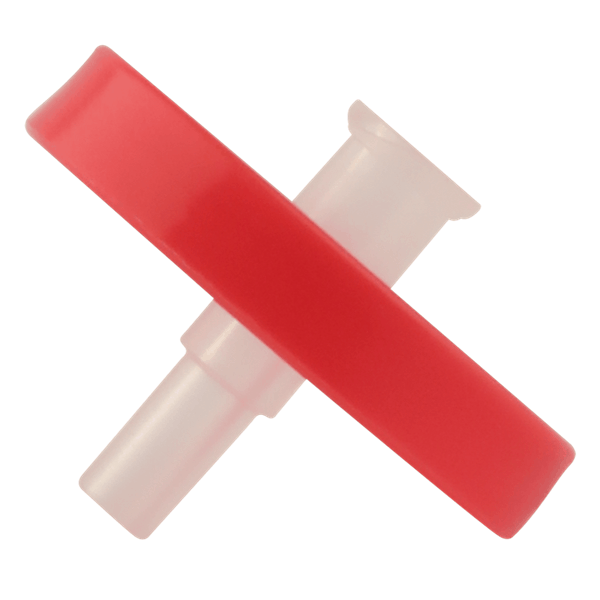
Dec 29, 2020 · The chemical compatibility depends on several parameters such as time, pressure and concentration. In most cases, CHROMAFIL® filters will have only short contact with a solvent. In these cases they may be used despite limited compatibility.

PTFE is the most versatile plastic in terms of chemical compatibility. Highly resistant to most acids, alcohols, detergents and solvents. Low temperature: maintains high strength, toughness and self-lubrication as low as 5°K (-268°C /-450°F) and good flexibility at 194°K (-79°C / -110°F) NOT compatible with certain alkali metals and
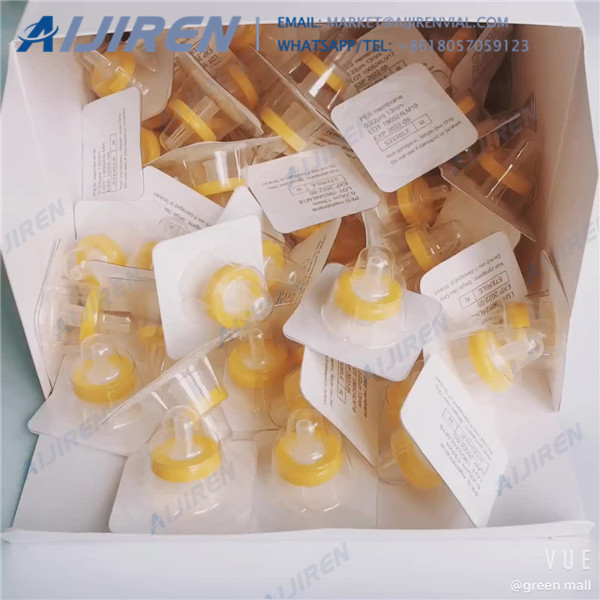
Our sterile devices include a certificate of quality. Available with many different membrane and housing options, Millex ® syringe filters are compatible with a variety of solvents and sample types. Designed for sterile and nonsterile small-volume filtration (1-200 mL) Produced with high-quality Millipore ® membranes.
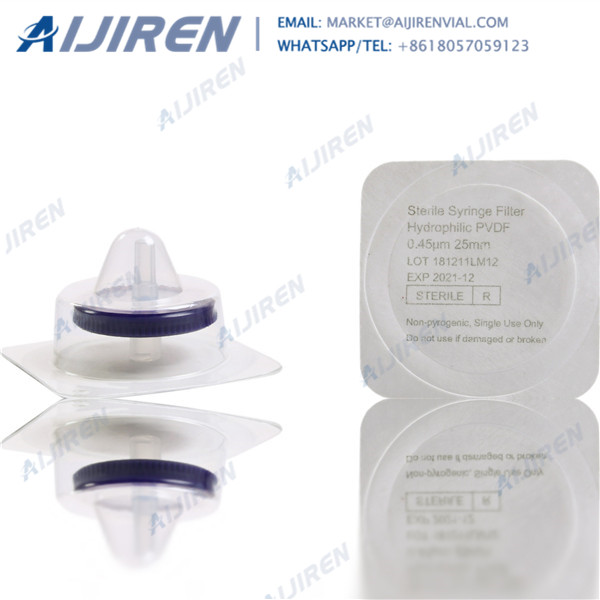
Chemical Compatibility This table shows the chemical compatibility of materials used in the fabrication of our devices and membranes. Please refer to the specification tables on product-specific pages for materials found in our specific devices. Acetic Acid (glacial) acid, organic Acetone inorganic ketone Acetonitrile (ACN) nitrile Alconox ®

Therefore, we recommend that you confirm compatibility with the liquid you want to filter by performing a trial filtration run before you start your actual filtration. •• *CA and GF membranes in MBS housing for 28 mm size Contact time:24 hours at 20 °C Chemical compatibilities can be influenced by various factors.
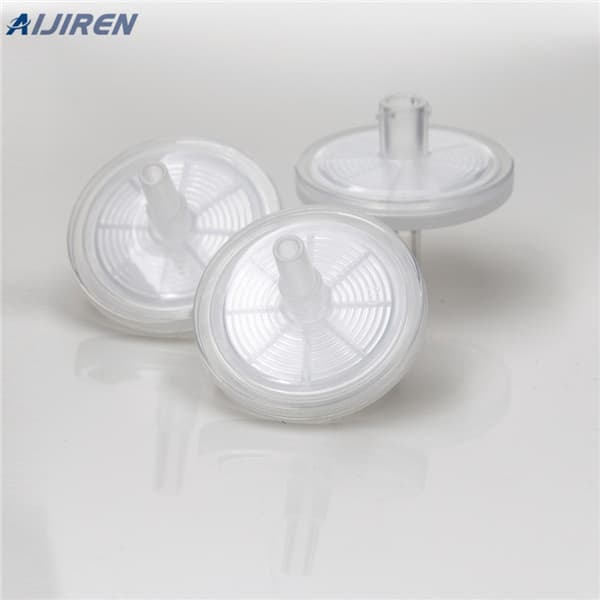
Use these all-plastic disposable syringes with your Titan3, Target2, and Choice Basic syringe filters. Comprising a polypropylene barrel and polyethylene plunger, these syringes eliminate problems with rubber or synthetic plunger gaskets and requires no silicone or oil lubricant in the barrel. Choose from in 1, 3, 5, 10, 20, 30, and 50 mL sizes.

Depth filtration. In terms of particle retention, filters fall into two categories: surface filters and depth filters. Surface filters, generally referred to as membranes, trap particles exclusively on the top surface. These filters are well suited to samples with low particulate content. However, high particulate content tends to rapidly clog
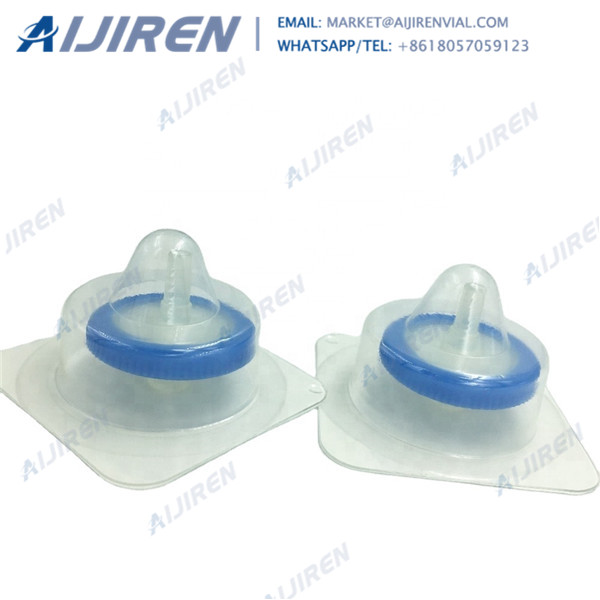
Consider one of our Headline Teflon (PTFE) filter housings for just about any Chlorine based filtration application. Commercial Bleaching Agents and Chlorine Dioxide based decontamination products can pose unique challenges with regards to filtration. PTFE is an ideal material for the caustic nature of these chlorine solutions. Where other materials like Kynar can become dry []
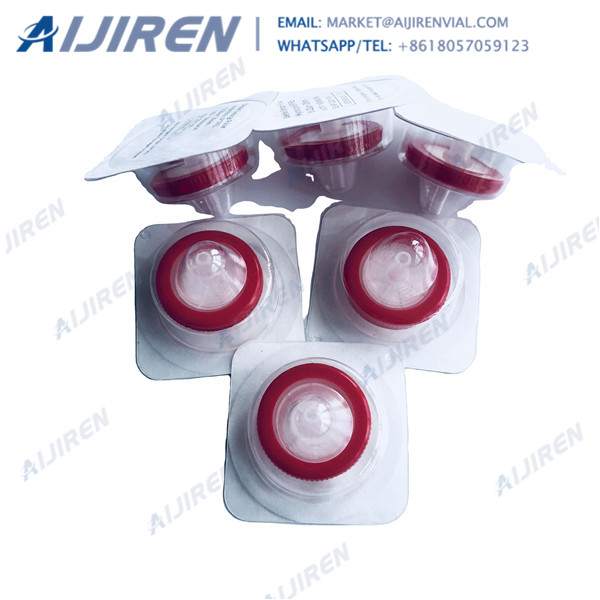
Aug 7, 2018 · Regenerated Cellulose (RC) Membrane. A versatile cellulose-based hydrophilic membrane that is resistant to a very large range of solvents, including aqueous solutions and organic solvents. Recommended for use in HPLC and protein recovery applications. DO USE: with most common solvents, including those used in HPLC.
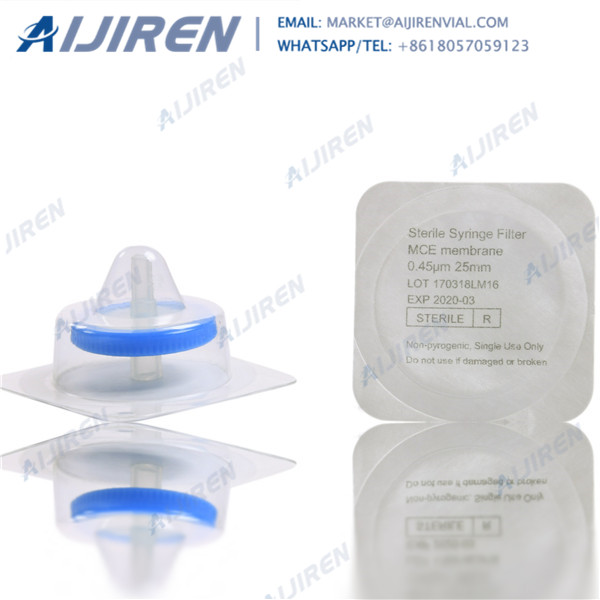
Due to its strength and broad chemical compatibility, PTFE is commonly used in membrane filters. While PTFE is known for its high strength, the addition of a high-density polyethylene (HDPE) backing offers improved filter handling characteristics. Hydrophilic LCR and Omnipore™ PTFE membranes are typically used for filtering aqueous solutions.

1) Syringe filter housings are manufactured from solvent-resistant, low-extractable polypropylene resins specifically selected for wide compatibility with common HPLC sample matrices. 2) Solutions at temperatures up to 100°C can be filtered using syringe filters. 3) Syringe filters can be sterilized by autoclave at 125°C for 15 minutes.
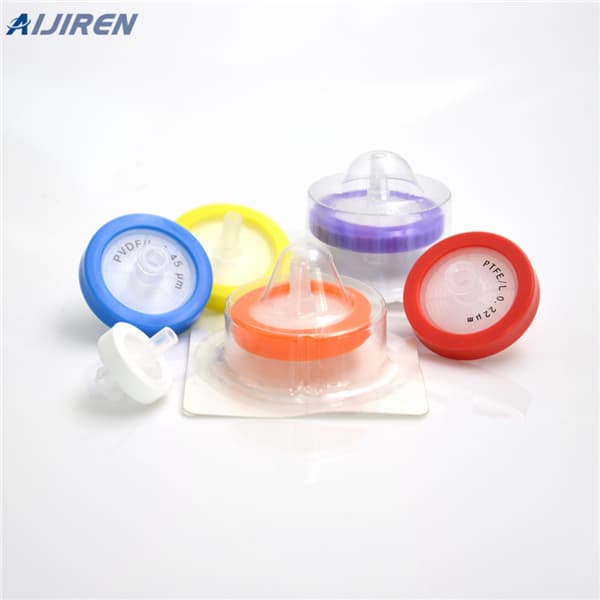
The Hydrophobic PTFE membrane is bonded to a polypropylene support and due to its extreme chemical compatibility, they are ideal for the filtration of solvents and acids or other aggressive Related Products: Ezflow Membrane Compare this item Magna PTFE (Teflon) Membrane Filters GVS Filter Technology
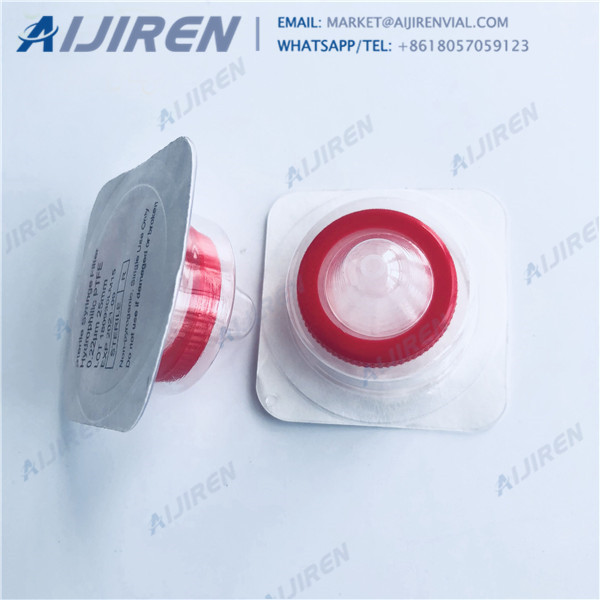
Hydrophobic PTFE syringe filters have broad chemical compatibility and high pH resistance. Size. Pack Size. Color. 0.22 µm Particle. Part No. 2020-2021-Chromatography-Consumables-Interactive-Catalog.pdf. 0.22 µm Particle. Part No. 0.45 µm Particle Hydrophobic PTFE syringe filters have broad chemical Holder for a 33 mm fast LC Pecosphere
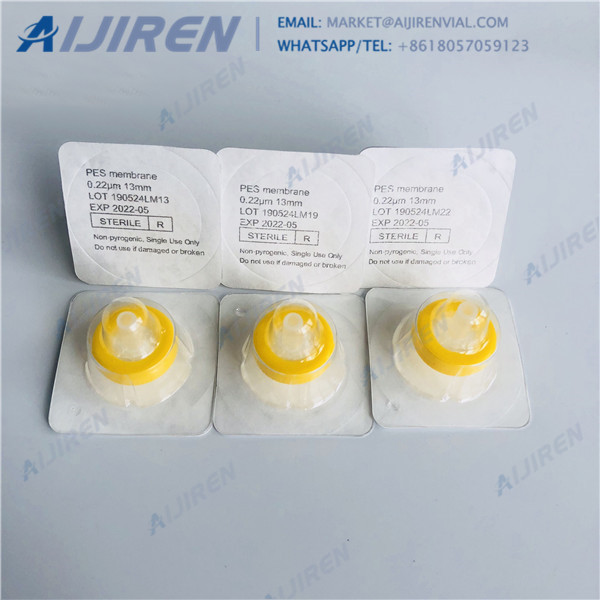
biological fluids. Refer to Table 3 for more chemical compatibility information. Polypropylene (PP) is used in the Spin-X® centrifuge filters and some of the syringe and disc filter housings. This plastic polymer has very good resistance to many solvents, refer to Table 3 for more chemical compatibility information.